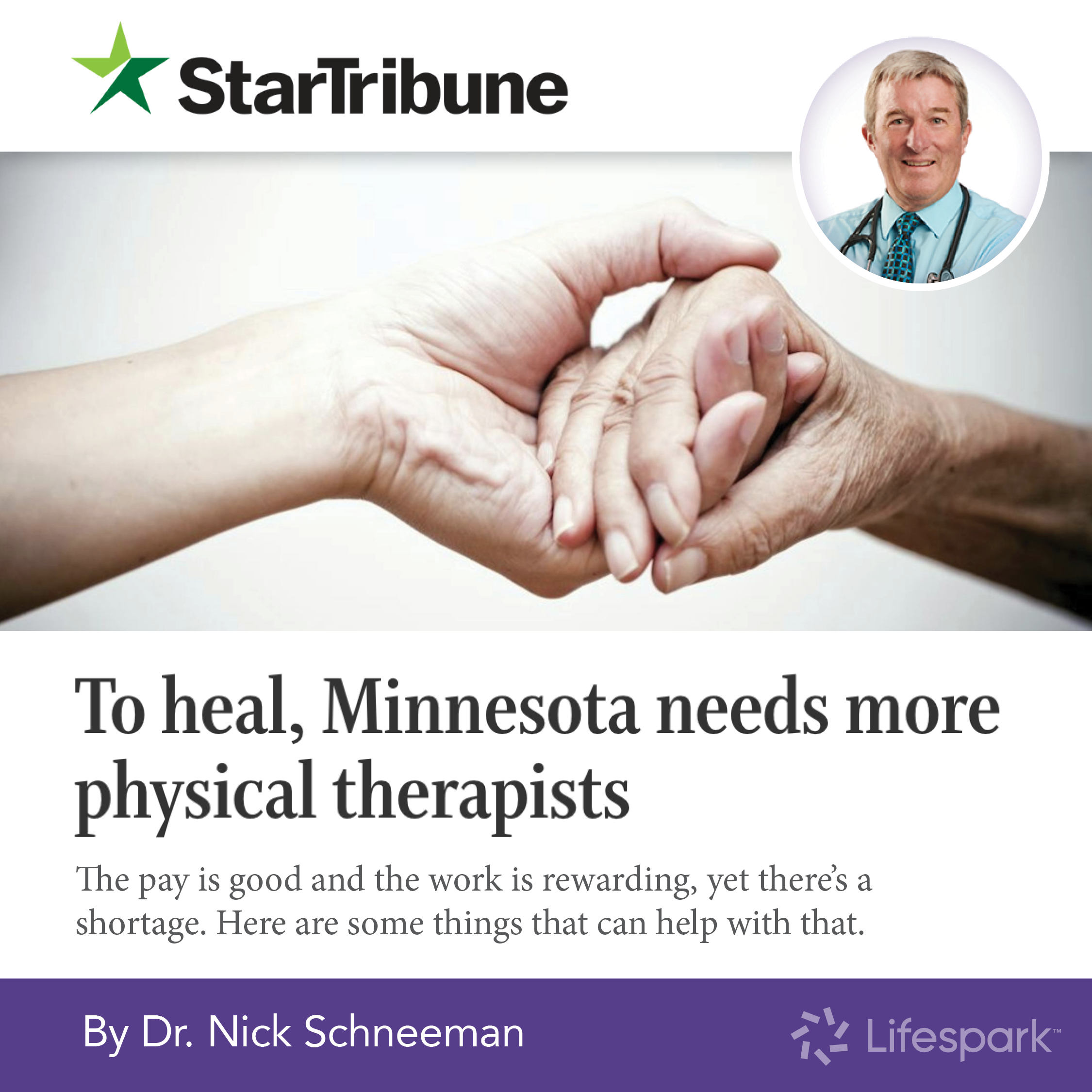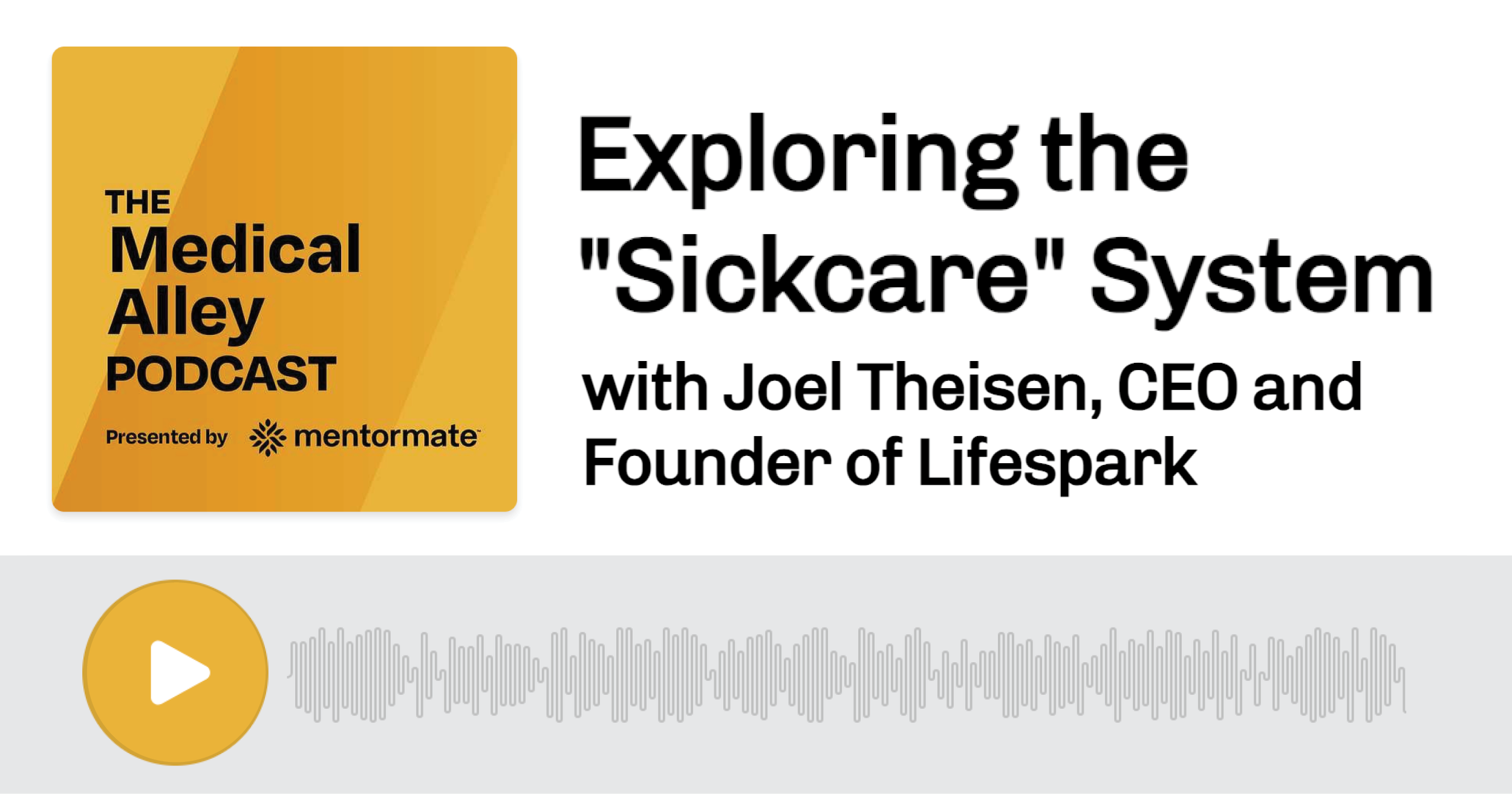
When Lifespark developed its hospice program, the leadership team was passionate about creating a different kind of late life experience, one that would spark joy not only in our clients and their families, but also in our partner teams. To do that, Lifespark Hospice has made communication and collaboration a top priority.
“Before joining Lifespark, many of us worked at assisted living and skilled nursing facilities where we experienced the frustration of poor communication,” said Jen Blazek, RN, BSN, PHN, Lifespark Hospice Administrator. “That’s why we teach our team strong communication skills and good customer service—we want to be a positive presence for staff we work with.”
Your house, your rules
Every provider or organization has its own culture and protocols, so one type of communication does not fit all. “We’re a visitor in their house, so it’s up to us to learn their processes and site preferences,” Jen said. “Some want written communication, some prefer face-to-face, some ask for both.” Lifespark’s due diligence covers other topics as well, like whether to use email or voicemail to contact the referral partner’s doctors and NPs, what types of medications and durable medical equipment are allowed, where they should park, do their charting, and make phone calls.
“We know we’ll make mistakes—talk to the wrong nurse, leave a note instead of a voicemail—but we’ll work through it,” Jen said. “We love constructive criticism because it makes us better at what we do.”
Collaboration on behalf of clients
Often, the teams we partner with have known the client for months or even years, long before Lifespark Hospice entered the picture. That’s why Jen coaches her team to consult with the staff—nurses, aides, housekeeping, dining room staff—and utilize their expertise. “If we’re noticing new symptoms or behavior changes, for example, we’ll reach out and say, ‘Here’s what we’re seeing and what we’d like to try—what do you think?’” she said. “Collaborating with the staff helps us provide better care and helps them learn more about hospice and symptom management.” This two-way collaboration has prompted some partners to use Lifespark as a sounding board for their non-hospice clients.
Lifespark also takes a collaborative approach to case conferences. “Before every family conference, we like to meet with staff to make sure we’re all on the same page and supporting each other’s efforts,” Jen said. “It’s important they know that we’re working with them, not against them.” Lifespark also supports the staff by making them aware of the limitations of care and encouraging them to address service or care issues with the partner.
Intentionally smaller caseloads
Unlike many larger hospice providers, Lifespark is committed to maintaining smaller caseloads. “It starts at the top—we work for people who care deeply about sparking joy in people’s lives at every point along their life journey,” said Cindy Crawford, BSN, RN, Clinical Liaison for Lifespark Hospice. “When I worked oncology, we
learned about holistic nursing but weren’t given the time to practice it. Now, with lower case numbers, I have the time to sit with our clients, build sacred relationships, and help them have a peaceful journey.”
It also allows members of the team—nurse manager, home health aide, chaplain, social worker—to stay connected with the family and work through difficult family dynamics, such as a late-life client still resisting hospice or an adult daughter struggling with her mother’s wishes. “We can offer emotional support to the family, even if their loved one is not yet on hospice,” Cindy said. “We share what we’ve learned with the team—why the client is presenting this way, why the daughter is stressed—and offer ideas to help them cope.”
As a nurse manager, Jen helps educate families on the needs of older adults. When family members push back on a decision to deprescribe a hypertensive, blood thinner, or cholesterol drug, she’ll take time to explain why—that higher blood pressure perfuses brain blood vessels which supports cognitive health, that drugs like coumadin increase the risk of a brain bleed, and that cholesterol medications can become toxic when a person consumes less food and liquid. “We take a teaching approach which sparks good conversations and trust,” she said.
Both Cindy and Jen see hospice as a gift to clients and their families—a gift of time that enriches people’s lives and helps them age magnificently.
Lifespark Hospice welcomes referrals. If you’d like to learn more about our services, please call us at 952.737.4350.





